搭配是指经常一起出现的单词的组合。学习搭配意味着理解单词如何搭配才能流利自然地表达英语,并帮助学生以更自然、更准确的语言进行交流和写作。
《英语搭配应用》丛书分为两个级别,为中级 (B1-B2) 和高级 (C1-C2) 英语学习者提供英语搭配的讲解和练习。第二版对这套丛书进行了修订和更新,每个级别增加了两个单元。
《英语搭配应用》第二版
作者:Michael McCarthy 和 Felicity O’Dell
级别:
2
CEFR 级别:
B1-C2(中级至高级)
查看样书
主要特点:
60 个易于使用的两页单元:左侧页面展示和讲解搭配,右侧页面提供一系列练习。
学习超过 1,500 个单词组合。
通过通俗易懂的讲解和练习,提升你的搭配知识和使用技巧。
结合上下文学习搭配,涵盖“使用互联网”、“电影和书籍”、“社交英语”和“市场营销”等众多主题。
剑桥大学对英语口语和书写方式的研究,让你对所学知识充满信心。
更好地准备雅思、剑桥英语一级、高级和熟练等英语考试,这些考试通常考察搭配知识。
通过学习技巧、后续活动和简单易用的答案,提升自学能力。
《English Collocations in Use》(英语搭配在用)—— 地道表达进阶指南
出版社:剑桥大学出版社(Cambridge University Press)
级别分类:
-
中级(B1-B2)(红皮版)
-
高级(C1-C2)(蓝皮版)
1. 丛书定位
本系列专注解决英语学习者”单词都认识但组合起来不地道”的核心痛点,系统讲解词汇间的自然搭配规律。例如:
✓ 正确搭配:make a mistake(犯错)
✗ 中式英语:do a mistake
2. 核心特色
✅ 语料库驱动 – 基于剑桥英语语料库(Cambridge English Corpus)的真实用例
✅ 场景化分类 – 按社交、学术、职场等场景归纳搭配
✅ 错误预警系统 – 特别标注非母语者常见搭配错误
✅ 双色印刷 – 重点搭配高亮显示,视觉记忆强化
3. 内容架构
单元结构(60个主题单元+10个复习单元)
A. 搭配矩阵
-
动词+名词:run a business(经营企业)
-
形容词+名词:heavy traffic(拥堵交通)
-
副词+形容词:fully aware(完全意识到)
B. 语境应用
▸ 商务场景:submit a report(提交报告)≠ send a report
▸ 学术写作:conduct research(开展研究)≠ make research
C. 巩固系统
-
填空练习:补全商务邮件中的专业搭配
-
改错训练:修正留学生论文中的搭配错误
-
联想扩展:strong coffee → weak tea 的反义搭配
4. 独有教学法
1. 语义场分类法
将economic相关搭配聚类呈现:
-
动词搭配:boost/stimulate/revive the economy
-
形容词搭配:flourishing/stagnant economy
2. 近义搭配辨析
▸ big problem(客观严重) vs major problem(专业语境)
▸ change dramatically(剧烈变化) vs change significantly(显著变化)
3. 跨文化提示
⚠️ 中文直译陷阱:
-
英语:take a photo(拍照)≠ make a photo
-
英语:heavy rain(大雨)≠ big rain
5. 级别重点差异
| 特征 | 中级版 | 高级版 |
|---|---|---|
| 词汇难度 | 日常高频搭配(catch a cold) | 专业/抽象搭配(meet a deadline) |
| 练习复杂度 | 句子填空 | 学术文章改写 |
| 特色模块 | 基础短语动词 | 隐喻性搭配(time is money) |
6. 使用场景建议
应试需求:
-
雅思写作:避免learn knowledge→改用acquire knowledge
-
商务英语:用place an order替代put an order
职场应用:
-
邮件写作:We would like to draw your attention to…
-
会议发言:Let me elaborate on this point…
学术研究:
-
论文常用:The data suggests…(非The data tells…)
-
文献引用:previous studies have demonstrated…
7. 高效学习策略
-
主题学习法:每周专注1个主题(如”商业谈判搭配”)
-
三色笔记法:
-
红色:必须掌握的核型搭配
-
蓝色:可替换的同义搭配
-
绿色:自己常犯的错误搭配
-
-
输出检验:用当日所学搭配写工作邮件/日记
English Collocations in Use – Master Natural Word Combinations
Publisher: Cambridge University Press
Levels:
-
Intermediate (B1-B2) – Red cover
-
Advanced (C1-C2) – Blue cover
1. What Are Collocations?
Collocations are natural word partnerships native speakers use instinctively. Learning them prevents “grammatically correct but unnatural” English.
Examples:
✓ Make a decision (not do a decision)
✓ Heavy rain (not strong rain)
✓ Fully aware (not completely aware in most contexts)
2. Key Features
✅ Corpus-Based – Uses Cambridge English Corpus (real-world examples)
✅ Thematic Units – Organized by topics (social, academic, business)
✅ Error Alerts – Highlights common learner mistakes
✅ Visual Learning – Color-coded word partnerships
3. Book Structure
Each Unit Contains:
A. Collocation Presentation
-
Verb+Noun: launch a product
-
Adj+Noun: bitter cold
-
Adv+Adj: deeply concerned
B. Contextual Examples
-
Business: meet a deadline (not complete a deadline)
-
Academic: conduct research (not make research)
C. Practice Exercises
-
Gap-fills with authentic emails/reports
-
Error-correction tasks
-
Creative application (writing prompts)
4. Unique Methodology
1. Semantic Field Grouping
All economic collocations together:
-
Verbs: boost/revive/stimulate the economy
-
Adjectives: flourishing/stagnant economy
2. Near-Synonym Differentiation
-
Big problem (general) vs Major problem (formal)
-
Change dramatically (sudden) vs Change significantly (measurable)
3. Culture Notes
⚠️ Chinese-to-English traps:
-
Take a photo (not make a photo)
-
Fast food (not quick food)
5. Edition Comparison
| Feature | Intermediate | Advanced |
|---|---|---|
| Vocabulary Level | Daily life (catch a cold) | Professional (meet a quota) |
| Exercise Types | Sentence completion | Academic text rewriting |
| Special Sections | Basic phrasal verbs | Metaphorical collocations |
6. Practical Applications
For Exams:
-
IELTS Writing: Use pose a threat instead of bring a threat
-
BEC Speaking: Secure a deal (not get a deal)
For Work:
-
Emails: We regret to inform you… (not We are sorry to say…)
-
Presentations: Let me elaborate on… (natural transition)
For Academia:
-
Research papers: The findings suggest… (not The findings tell…)
-
Citations: As evidenced by previous studies…
7. Study Strategies
-
Thematic Focus – Master 1 topic/week (e.g., “Business Negotiations”)
-
Color-Coded Notes:
-
Red: Must-know core collocations
-
Blue: Alternative expressions
-
Green: Personal mistakes to avoid
-
-
Active Output – Use new collocations in emails/meeting notes daily

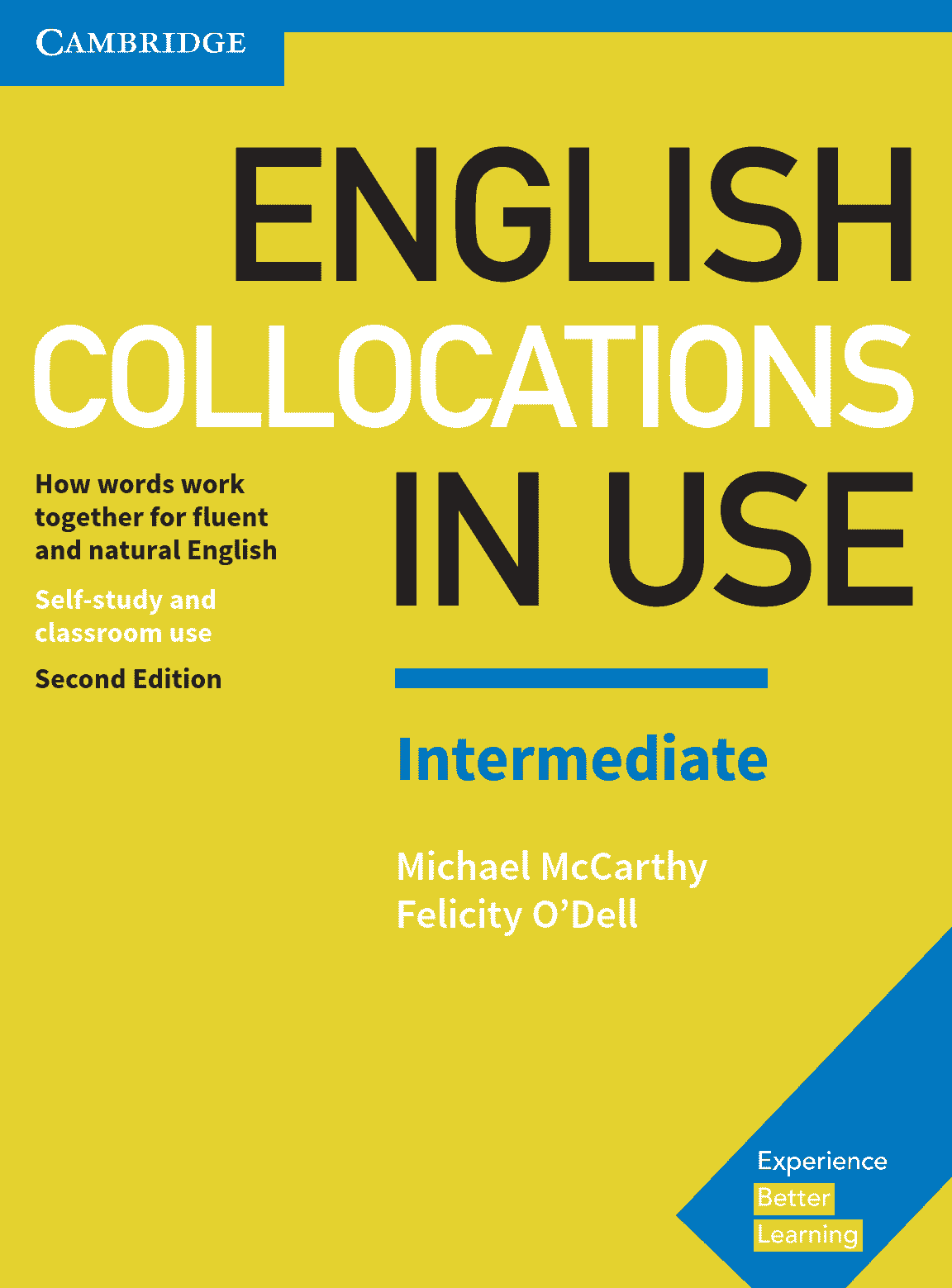
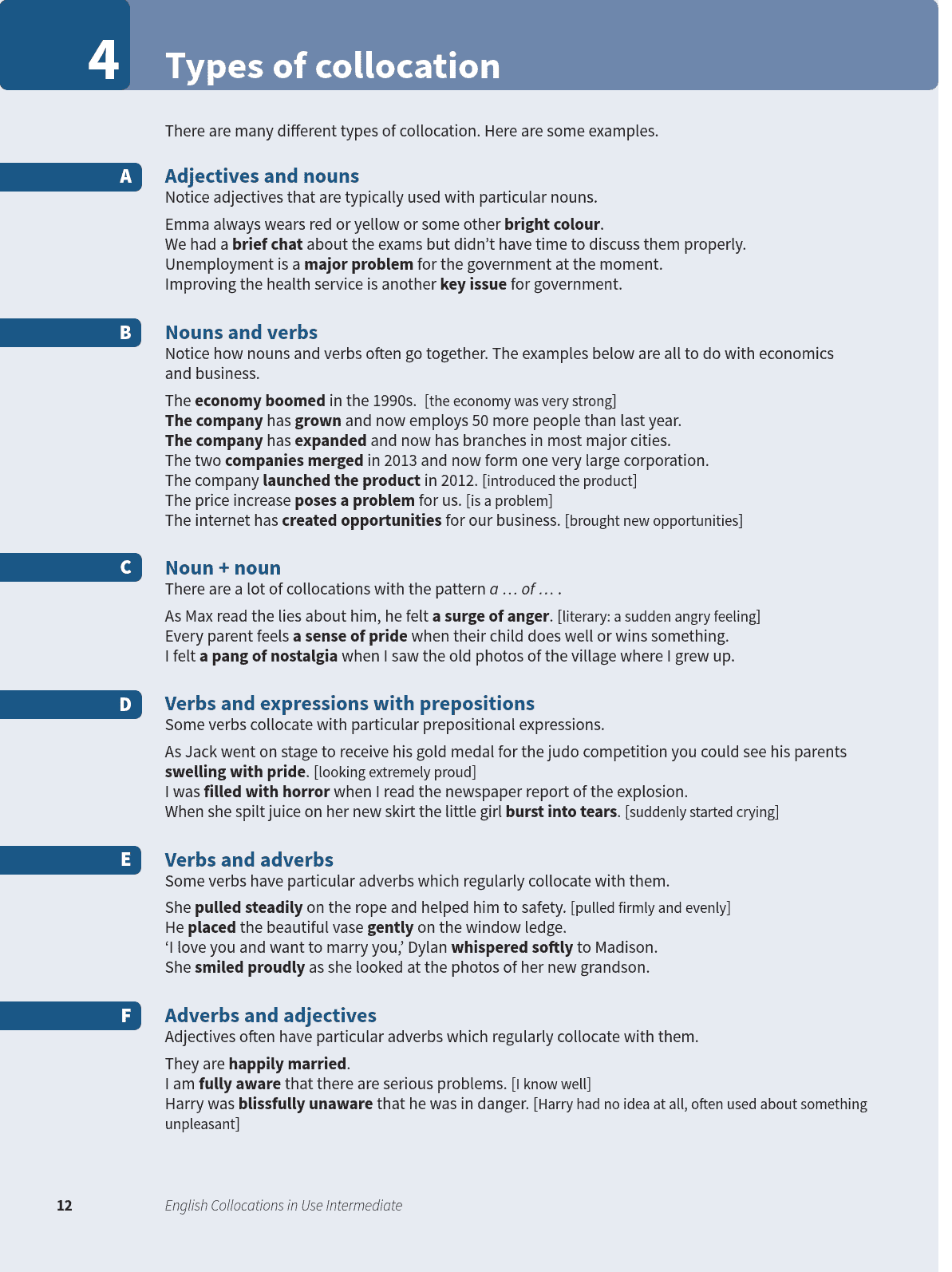
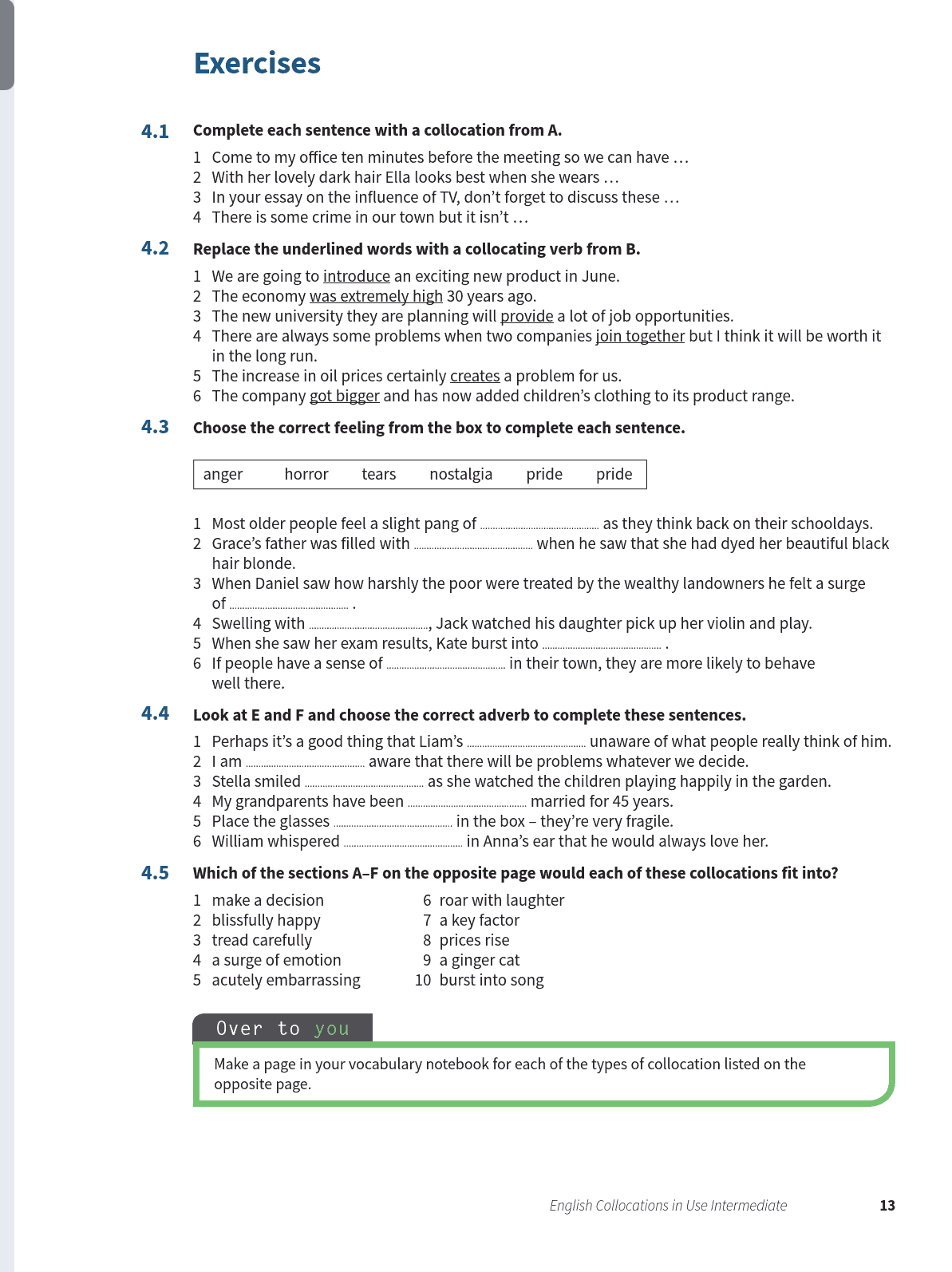
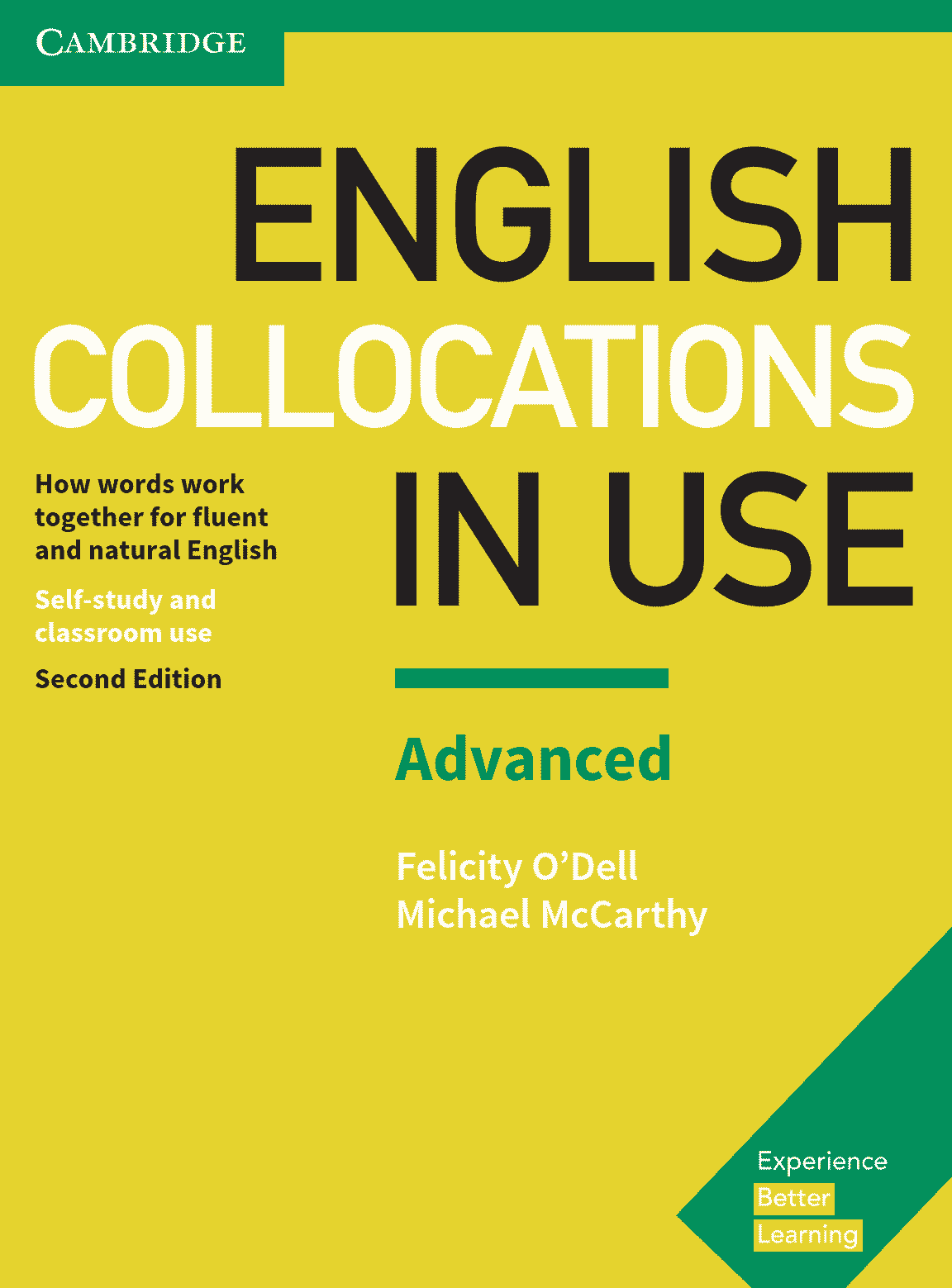
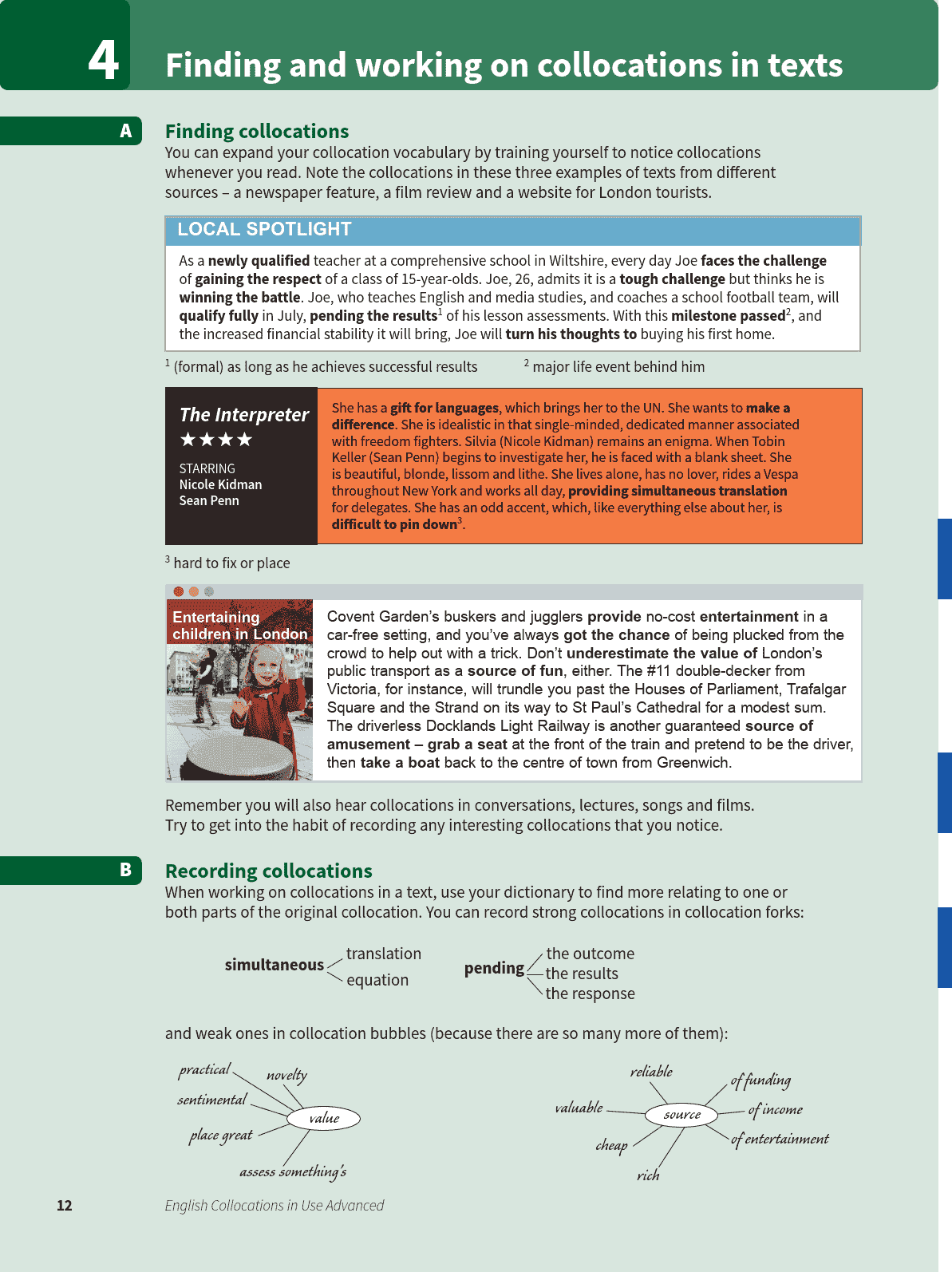
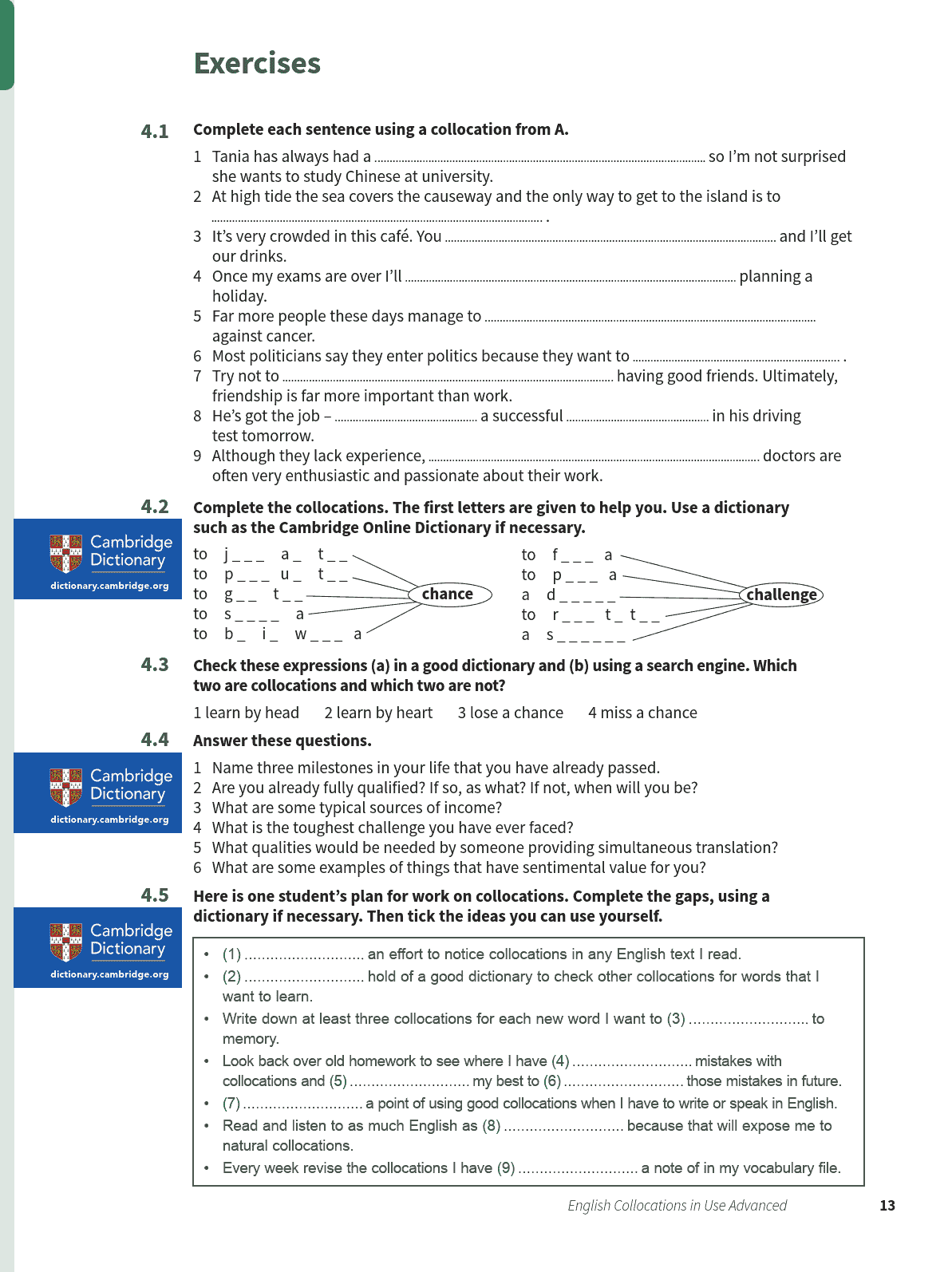
评论(0)